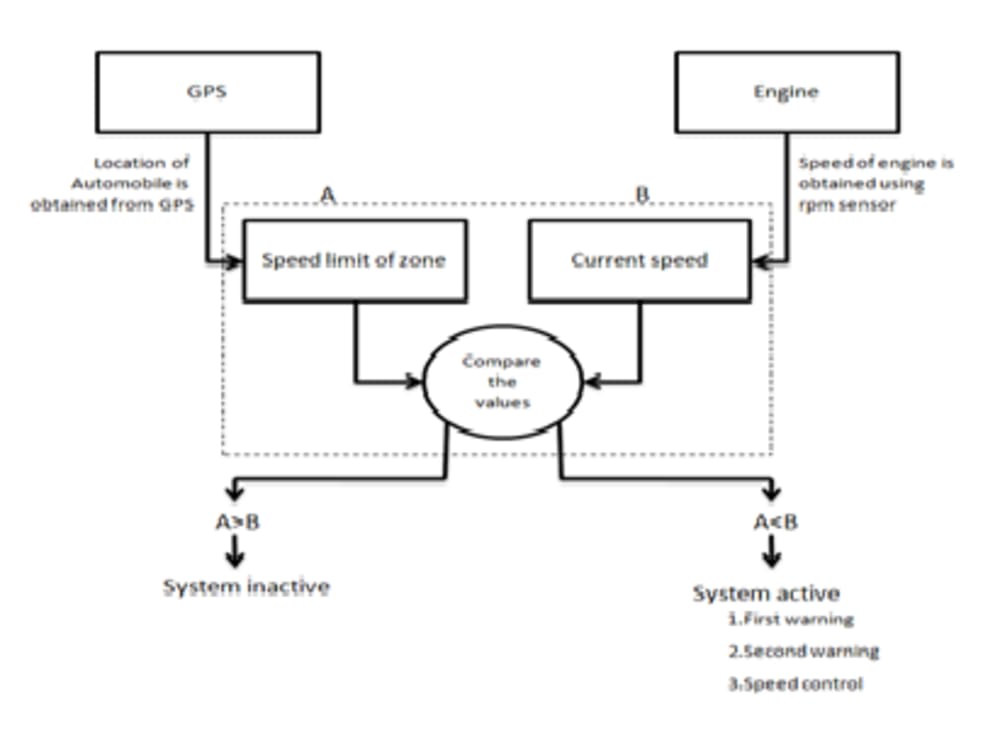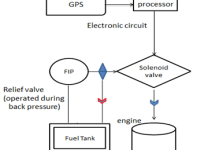Location sensitive speed adaptation (LSSA) is a safety technology that alerts drivers when they exceed the speed limit. LSSA activates when a driver exceeds the posted speed limit for a section of road by a set speed. Audio and visual warnings activate to remind the driver that they are going too fast. LSSA contains a speed control system which helps in forcibly reducing the speed of the vehicle to comply with the speed limit of the zone it is to enter. Speed control is done by controlling the fuel flow to the engine
Location Sensitive Speed Adaptation (LSSA) is any system that constantly monitors vehicle speed and the local speed limit on a road and implements an action when the vehicle is detected to be exceeding the speed limit. This can be done through an advisory system, where the driver is warned, or through an intervention system where the driving systems of the vehicle are controlled automatically to reduce the vehicle’s speed. Location Sensitive speed adaptation uses information about the road on which the vehicle travels to make decisions about what the safe speed should be. This information can be obtained through use of a digital maps incorporating roadway coordinates as well as data on the speed zoning for that roadway at that location, through general speed zoning information for a defined geographical area, or through feature recognition technology that, detects and interprets speed limit signage. The purpose of LSSA is to assist the driver in keeping to the lawful speed limit at all times, particularly as they pass through different speed zones. This is particularly useful when drivers are in unfamiliar areas or when they pass through areas where variable speed limits are used. Most drivers do not appreciate the extra risks involved in traveling just a few km/h over the speed limit. Most think that the risk of a casualty crash is doubled if traveling at least 25 km/h over the speed limit. Research has found that, in urban areas, the risk of a casualty crash is doubled for each 5 km/h over the limit. So traveling at 70 km/h in a 60 km/h zone quadruples the risk of a crash in which someone is hospitalized. As a result, it is estimated that about 10% of casualties could be prevented if the large group of motorists who routinely travel at up to 10 km/h over the limit were encouraged to obey the speed limits. About 20% of casualties could be prevented if all vehicles complied with the speed limits. Savings in fatal crashes would be larger. There are many types of systems of which GPS based system is the most recent and effective system. A GPS receiver is used with the LSSA system to detect the vehicle’s current location on the earth as coordinates, and this coordinates are used to find its location by a preloaded map which contains the information about the roads and its various highway signals and speed limit.
Like this entry?
-
About the Entrant
- Name:Sanjay Pramanathan
- Type of entry:individual
- Software used for this entry:Embedded C for the system coding
- Patent status:none





